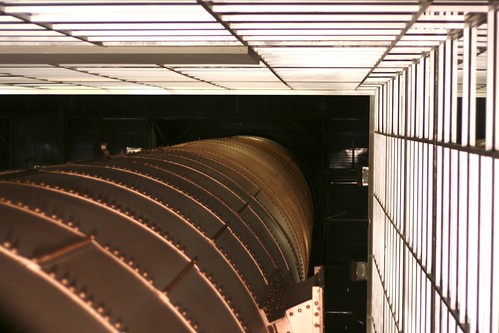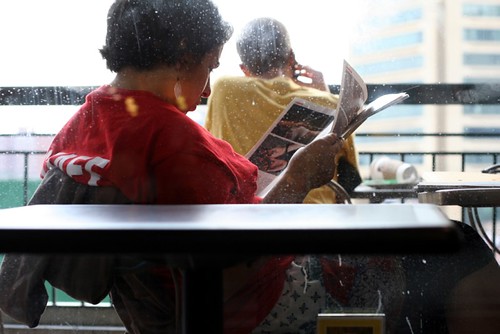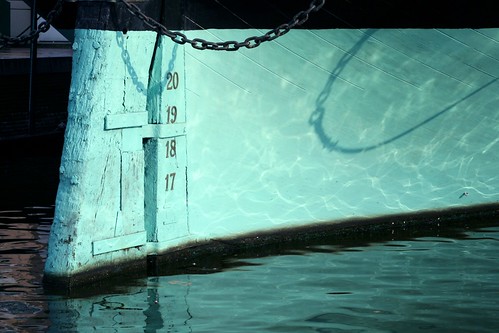During the first century the Romans invaded Britain. They brought with them many of their festivals and customs. One of these was the festival know as Pomona Day, named for their goddess of fruits and gardens. It was also celebrated around the 1st of November. After hundreds of years of Roman rule the customs of the Celtic's Samhain festival and the Roman Pomona Day mixed becoming 1 major fall holiday.
The next influence came with the spread of the new Christian religion throughout Europe and Britain. In the year 835 AD the Roman Catholic Church would make November 1st a church holiday to honor all the saints. This day was called All Saint's Day, or Hallowmas, or All Hallows. Years later the Church would make November 2nd a holy day. It was called All Souls Day and was to honor the dead. It was celebrated with big bonfires, parades, and people dressing up as saints, angels and devils.
But the spread of Christianity did not make people forget their early customs. On the eve of All Hallows, Oct. 31, people continued to celebrate the festivals of Samhain and Pomona Day. Over the years the customs from all these holidays mixed. October 31st became known as All Hallow Even, eventually All Hallow's Eve, Hallowe'en, and then - Halloween.
The Halloween we celebrate today includes all of these influences, Pomona Day's apples, nuts, and harvest, the Festival of Samhain's black cats, magic, evil spirits and death, and the ghosts, skeletons and skulls from All Saint's Day and All Soul's Day.
(Well...well.., we had a little contest for best pumpkin carving in our office last week and guess what?.....my little elfin, which was first experience with pumpkin, came in first place.....Hurreeyy :)))
Place-Baltimore, MD. Camera-Canon EOS Digital Rebel XT with 50mm Canon lens





















